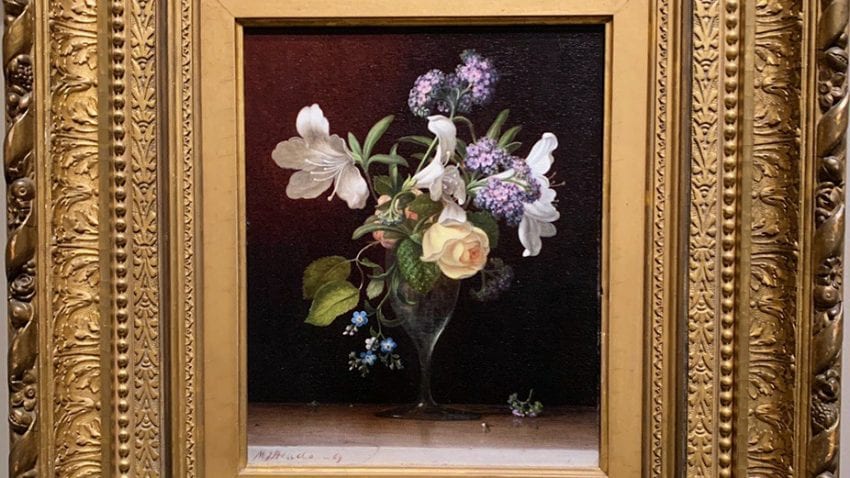World-Class Art
The National Gallery of Art was one of the last places we visited in Washington DC on the 23rd of January. Apart from the exhaustion that a lot of people had at this point of the trip, there was an excitement that came with anticipating the art we would see.
The institution was started by Andrew W.Mellon, an American who wanted to achieve a world-class national art museum comparable to those of other nations. The construction of the museum began after the death of the founder. The values of a US American and their perception of art is seen in how the museum was completed even after his death. A collection of twenty one artworks that had been purchased from the Hermitage Museum was the first in the museum. The vision of the founder is still being carried out to date.
There are rare pieces of art that are found here that other museums such as the Smithsonian would borrow for an exhibition. The process of exchange and borrowing of various works of art is a long one. Despite the long procedure involved in participation in an artistic conversation, there was a 26 day Mona Lisa visit that attracted half a million visitors in 1963. That was a good example of how art can bring people together through museums with good relationships.
The National Art Gallery is funded by the US federal government. The museum is maintained and its operations are supported through annual appropriations. All artwork on the other hand, as well as special programs, are provided through private donations and funds making it a public-private partnership. Extremely valuable works like Leonardo da Vinci’s Ginevra De Benci was acquired through the generosity of the Alisa Mellon Bruce Fund. We learned that as a result of the nature of the borrowing process and the high value of this art, it does not leave the gallery. This was different from some of the institutions we visited who heavily depended on donations.
The definition of being US American has changed over the years as there has been more migration resulting in a culturally diverse country. This means that the audience of the art is changing too. The museum is adapting to this change by forming plans to incorporate works made by artists from diverse backgrounds.
There are a lot of people who come by the museum. It is not clear if the whole population is there for the art or they had different intentions. Whatever their aim, there are activities which people could engage in the art in a very interactive way. There were several stations with screens that allowed for simple digital painting in various designs such as those of the likes of Van Gogh among other artists. The walls of the buildings had art that engaged the eye. This made the place appear more active and lively. It was a generally enjoyable learning experience.
Work cited
Interview with Michele Nichols (chief of Strategic Operations) 23rd January 2020
National Gallery of Art Website https://www.nga.gov/
